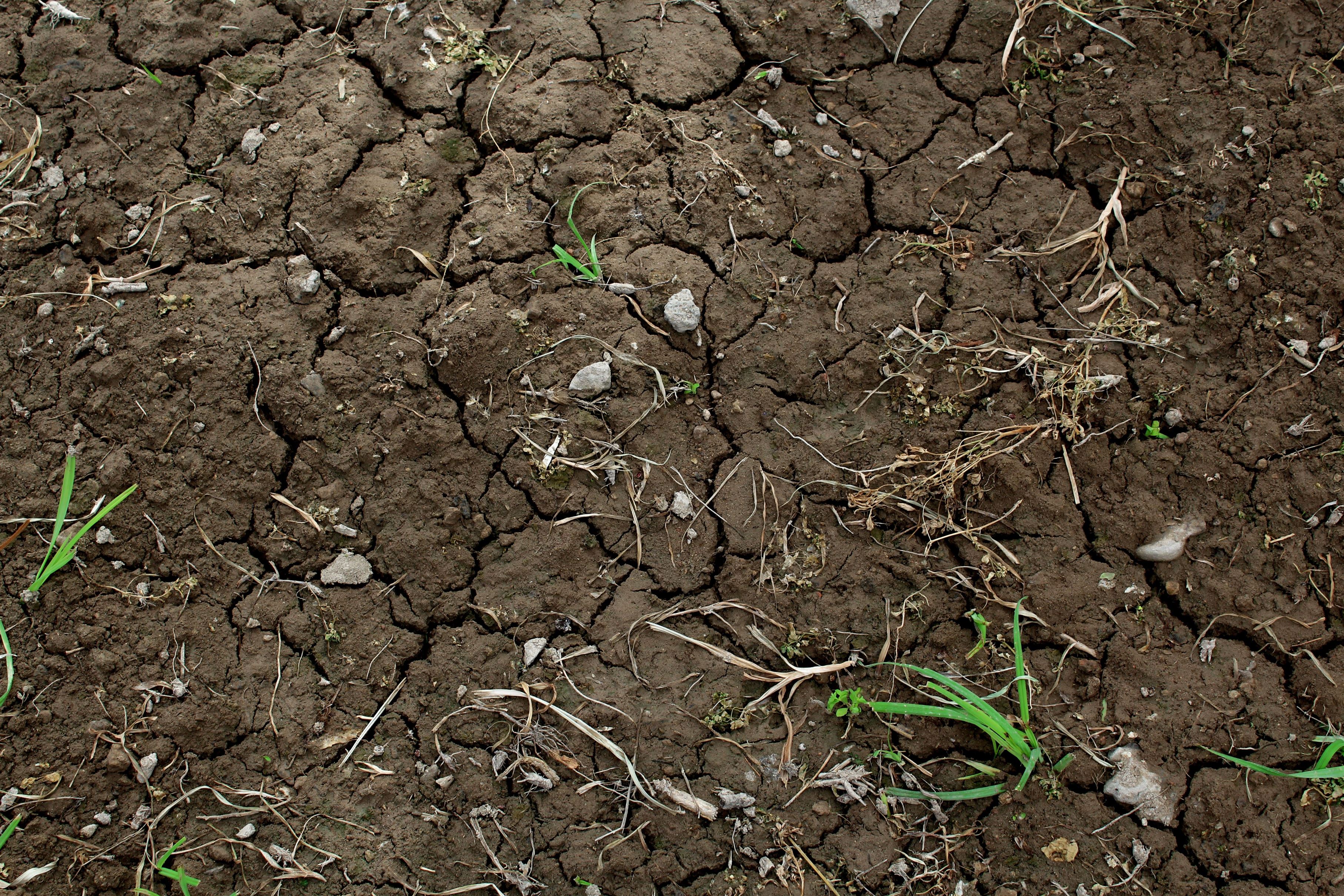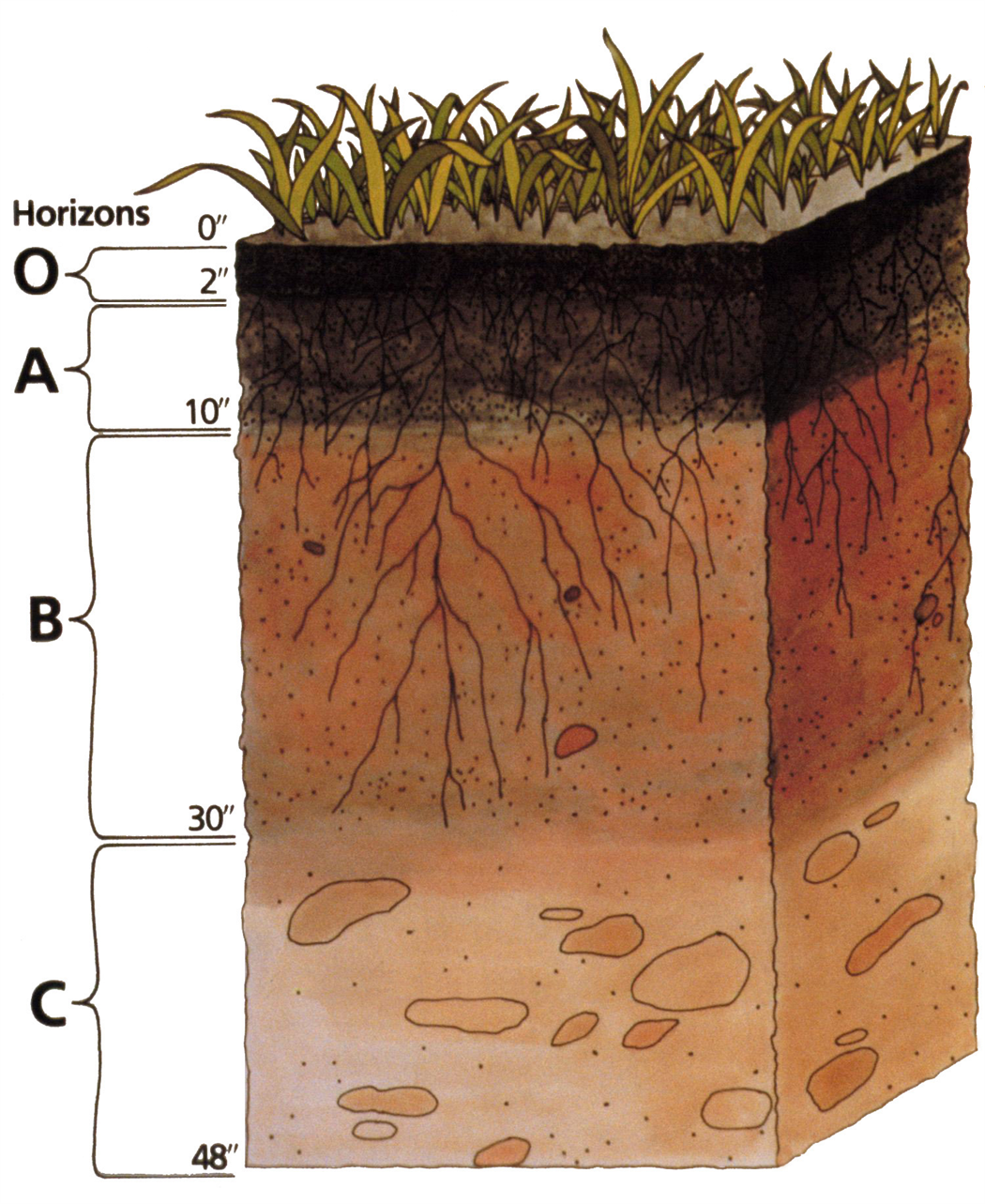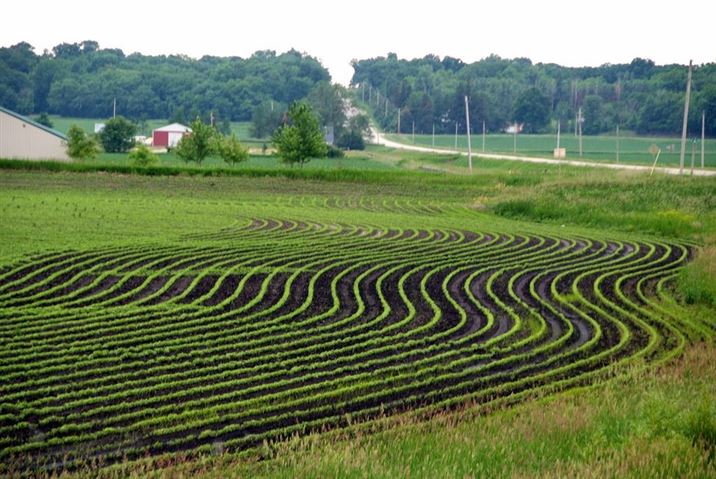What is soil?
The soil is defined as the upper layer of earth composed of a mixture of organic remains, clay and rock materials on which plants grow. It is also regarded as one of the major natural resources. Soil supports plant life and growth.

Physical Properties of soil
-
Soil texture:
Soil texture defines the proportion in which the soil separates to make the mineral component of the soil. These separates can be classified as sand, clay, and silt. Sand and silt are of no importance to the soil as they don’t contribute to the soil’s ability to restore water or nutrients. Clay is an active part of soil texture as clay has a small size and it has a large amount of surface area per unit mass and it helps in storing ions and water.

Soil texture based on constituent composition
-
Soil color:

Soil color
Basically soil color (brown, yellow, red) depends on oxidized or ferric iron compounds. Darker the color of the soil, the more organic content it contains. The higher the organic content, higher soil temperature as they absorb more heat due to the darker color.
-
Soil Horizon:
The soil is divided vertically into different horizons from top to bottom namely:
-
- A-Horizon: This is the uppermost layer of soil and also called as topsoil. This layer is rich in humus and minerals and holds most of the water as compared to other layers. This layer consists of sand, silt, and clay. It is also a home to many living organisms like snakes, earthworms, etc.
- B-Horizon: This is the second layer from the top and is little rich in humus and it supports moisture. This layer consists of silt, clay, weathered rocks and some nutrients. Minerals are more in this layer as compared to the top layer.
- C-Horizon: This layer consists of small pieces of rocks broken down due to weathering.
- Bed Rock: This layer is the last layer and consists of layers of solid unweathered rock.

Soil horizon
Soil Conservation

Contour Ploughing
Conservation of soil is one among a few of the techniques which have been undertaken to prevent soil erosion which removes the top layer of the soil thus removing all necessary organic matters and nutrients which are very necessary for plants to grow and produce fruits. By conserving soil we can also preserve the fertility of the soil. Conservation of soil can be done by different methods. Few of the common methods are as follows:
-
Keyline design
-
Contour plowing
-
Windbreakers
-
Terrace farming
-
Salinity management
-
Perimeter runoff control
-
Soil-conservation farming
-
Cover crops/crop rotation
-
Use of Green Manures
-
Stream Bank Protections
Learn more about the different types of soil and the causes of soil pollution with interesting video lectures @BYJU’S – The Learning App.






Comments